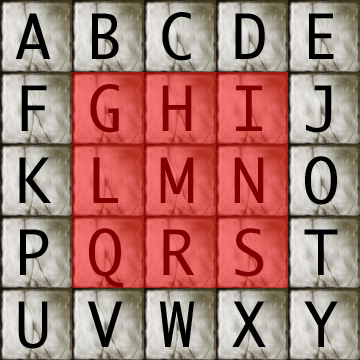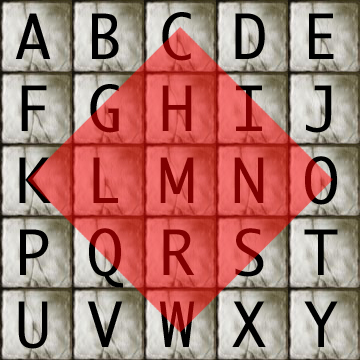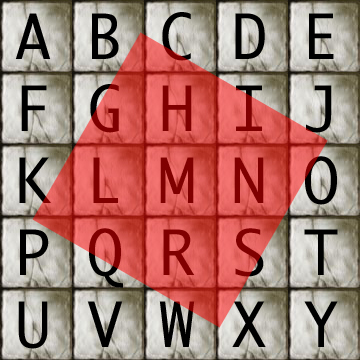I have a wizard player that has been requesting to be allowed to rotate his area bursts to not align with the grid. This would allow him to "sneak" his bursts in to either hit more enemies, or hit enemies while avoiding allies, where the standard mechanics would not. Obviously this improves the realism of things and his flexibility in combat but does cause issues for mechanics. Does anyone have experience with a houserule like this? If I go through with allowing it, how should the rule be constructed? What should be the rule for whether creatures in a given partially-covered square are affected? Are there any obvious pitfalls where a houserule like this will completely mess up the game?
And obviously, if his wizard gets to do this with area bursts, so too will my monsters...
And obviously, if his wizard gets to do this with area bursts, so too will my monsters...




